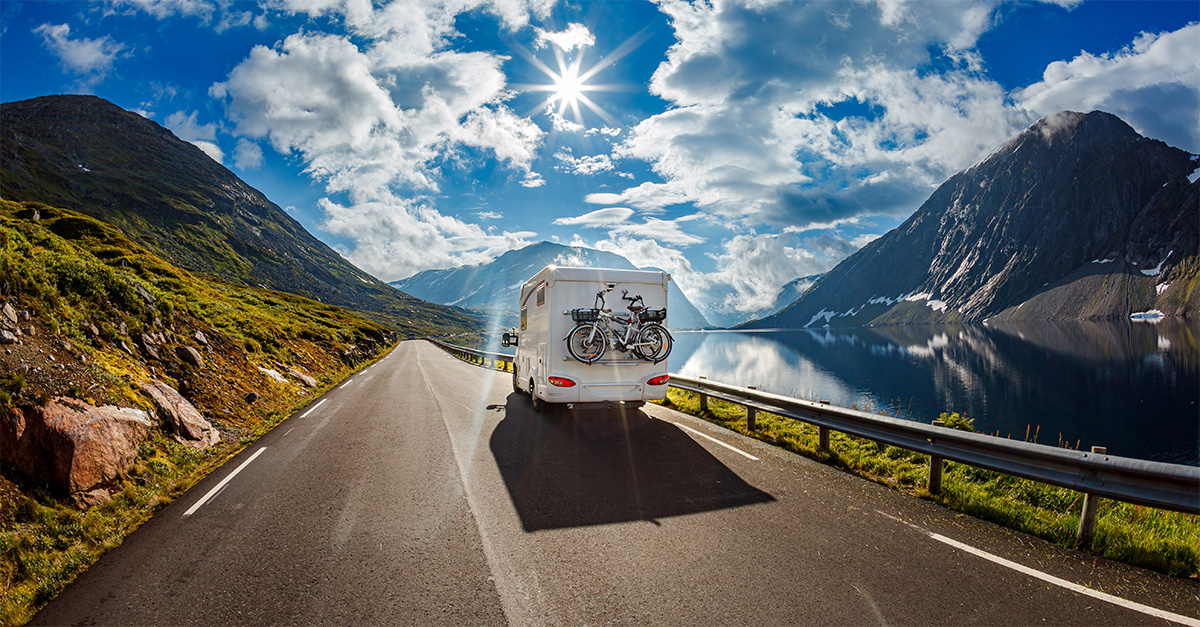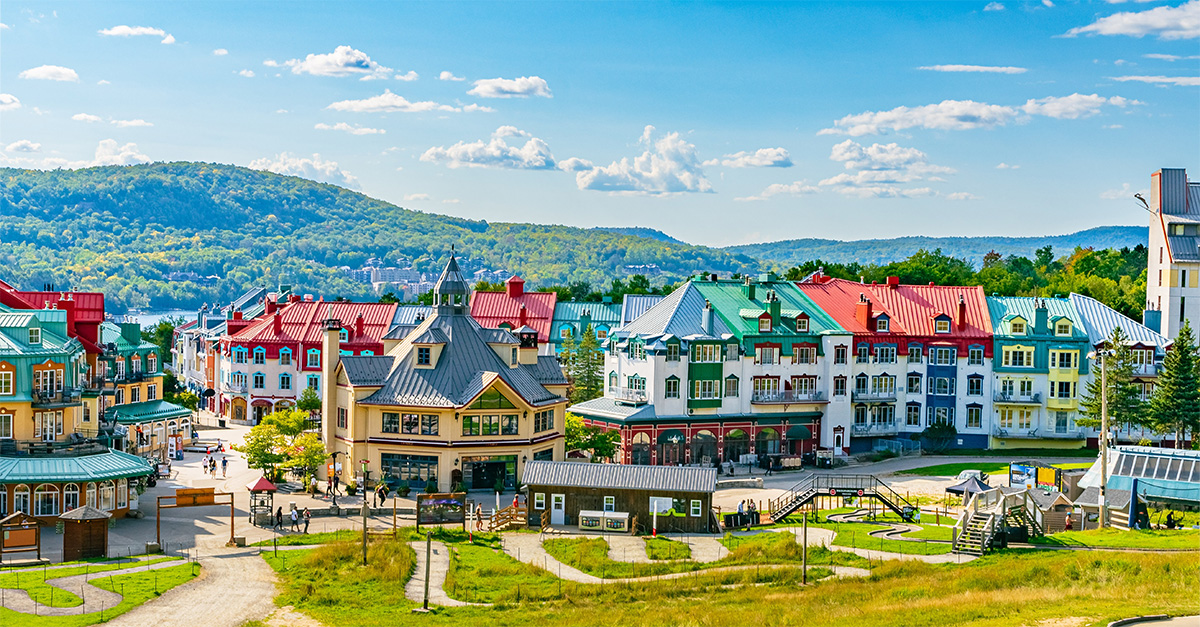 |  |
| Home | Exit |
Module 10: Festivities and Gastronomy
Not to be missed when visiting the region are the colourful & spectacular fiestas/festivities, of which over 600 are celebrated each year with parades, colourful costume, fireworks, music and dance, each festivity with its own characteristics. Visiting a local fiesta can make a big difference to a guests holiday enjoyment, as it is very special being both a spectator or participating. Our web site can keep you up to date with dates of different festivities There are far too many to mention so we will just mention those that are internationally known.
The most colourful and spectacular festival in all of Spain is ‘Las Fallas’. The annual festival takes place in and around Valencia city from 12 – 19 March, (with preparations for this festival leading up the month before) though this festival is also celebrated in a smaller way in other towns and resorts in the region. During the year, each neighbourhood in Valencia city and the surrounding areas builds a satirical character mocking celebrities or politicans, called a ‘falla’ (pronounced ‘fi-ya’), reaching up to 20 metres in height. They are large and small papier mache monuments mounted over wooden frames.They are built in workshops during the year and then over 700 of them, adult & children’s ones are set up to line the streets of Valencia until they are set on fire the night of the 19th march, St Joseph’s day know as the “crema”. The whole city comes ablaze. Each year the “Fallas Queen” & Fallas Princess are elected to preside the festivities. During the festivities, Valencian women wear their best traditional clothes and parade through the streets in colourful pageantry under their fallas standards to the sound of regional music. The entire festival is an extraordinary non-stop fiesta with all night street parties, parades, bullfights, live music, fantastic and very noisy firework displays, flower offerings to the patron saint and with locals and visitors partying the night away. A daily afternoon firework display called the “mascleta” that creates a deafening noise takes place during the 20 days from 1-19th March inclusive. Fogueres, burning fires of St John In Alicante, during the week leading up to 24th June, similar to the Fallas but special to Alicante city.The ‘Fogueres de Sant Juan’, is Alicante’s way of bringing in the summer. Like many of the festivals in the Valencia region, fire and fireworks, dance, music and parades are central to the celebrations. Highlights of the fiesta include: The election of a beautiful festival queen, A daily afternoon firework display called the “mascleta” that creates a thunderous noise , Flower offering to the patron saint, which then forms an immense statue of flowers and the display of the huge papier mache monuments. These often take a year to build and are then put up around the city before being burned at midnight on 24 June. Alicante’s sandy beaches host the pinnacle of the festival on the night of the 24 June and through the early hours of the following morning. Two traditions of this night are jumping over the bonfires and running into the sea at the stroke of midnight, symbolic of the baptisms by John the Baptist. These actions are believed to burn and cleanse your sins away. The Tomatina The great tomato fight in august in the town of Buñol near Valencia. Two hours of tomato fighting in the town square, lorry loads full of ripe tomatoes is bought into the town. Normally takes place the last Wednesday in august. Starts when a cannon is fired from the town hall at around 11 am and finished around 13.00 hrs 6-7 lorries parade into the village full of ripe tomatoes accompanied by people manning the lorries. They come through to Town Square where they throw tomatoes and at same time the lorry tips the load into the street and the fight begins. Squash a ripe tomato in your hand and then throw it. No rules, wear whatever, though most wear swimwear. Anyone can join in, no max numbers. Showers by the river after for everyone to wash himself or herself.
The Mary Magdalene festivities are one of the most ancient Mediterranean fiestas. With a deep-rooted history that take in the city of Castellon celebrated on the third Sunday of lent. It celebrates the transfer of the provincial capital Castellon from the mount of Magdalene to the coastal plane from as far back as 1251. Central to the celebrations is the Magdalene procession on the third Sunday of lent when everyone goes to the site of the old Castellon village.Another colourful fiestas with music, dance, parades, fireworks & flower offerings. The Moors and Christians
The Christians and moors armies “filaes” armies march with their escorts to the sound of the bands, and other performances and horsemen show off their skills. The city is filled with the roar of battle,. The Moors and the Christians do battle during the whole day; the Christians, are defeated in the morning and the Moorish crescent can be seen on the ramparts of the castle were the red cross had once flown. When the fighting is at its fiercest, Saint George himself appears at the top of the castle to aid the Christian armies. The tide is reversed; the Moors retreat. Every army has its own traditional costume design, many of them, especially those of the captains, cost a small fortune. Every year, the Christian and Moorish captains are provided by different filaes on a rotation basis Gastronomy Gastronomy is one of the strengths of the Valencia region, for its Mediterranean cuisine of fresh fruits and vegetable The Paella
There are “dry” rices (paella) and rice stews (caldoso) cooked in varying types of metal or earthenware casseroles. There are also soft, spongy rice made in earthenware casseroles oven-baked rice and oven-baked rice with an omelette crust the typical paella is cooked in a flat metal pan provided with two handles riveted to the sides. Paella-type rice can be prepared with chicken or rabbit or both, with shellfish, fish of various kinds, or with vegetables only. The combinations are practically limitless the grains of rice should be crisply dry, loose and golden, never mushy or sticky, leaving no trace of oil if served on the plate. There is also the Fideuà a type of paella made with pasta/noodles. The resort of Gandia is famous for its annual Fideuà making competitions. Other Specialities Drink Sweet dishes | |

 Fallas of Valencia – 12-19 March
Fallas of Valencia – 12-19 March The Magdalena
The Magdalena This great fiesta is celebrated in many towns in the region on different dates throughout the year. The most renowned being those of Alcoi in April. They are popular and spectacular theatrical performances re-enacting the battles of the moors and Christians in the 13th to 15th centuries and participants dress in magnificent costumes full of splendour.
This great fiesta is celebrated in many towns in the region on different dates throughout the year. The most renowned being those of Alcoi in April. They are popular and spectacular theatrical performances re-enacting the battles of the moors and Christians in the 13th to 15th centuries and participants dress in magnificent costumes full of splendour. The authentic Paella is a mix of rabbit, green beans and butter beans. However the name is used generically for many versions which tourist think of as seafood & chicken paellas. Many towns in the region have their own rice specialities, you can find a different rice dish for every day of the year.
The authentic Paella is a mix of rabbit, green beans and butter beans. However the name is used generically for many versions which tourist think of as seafood & chicken paellas. Many towns in the region have their own rice specialities, you can find a different rice dish for every day of the year. 


